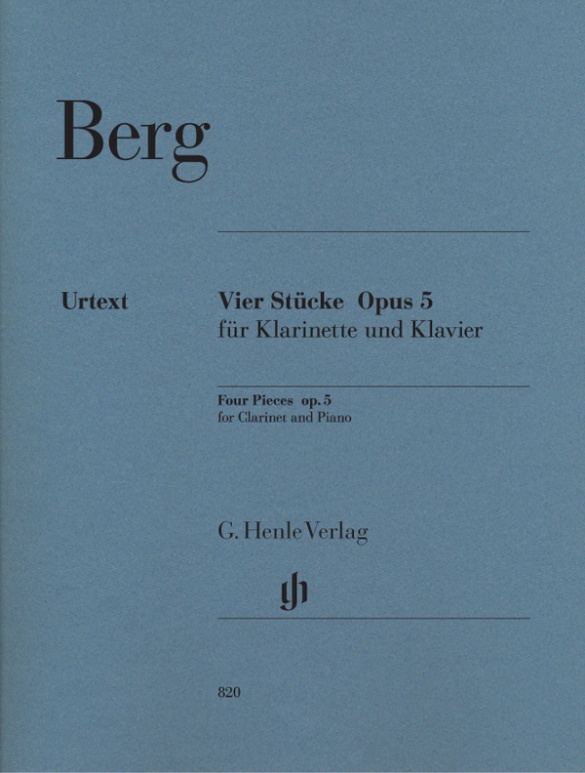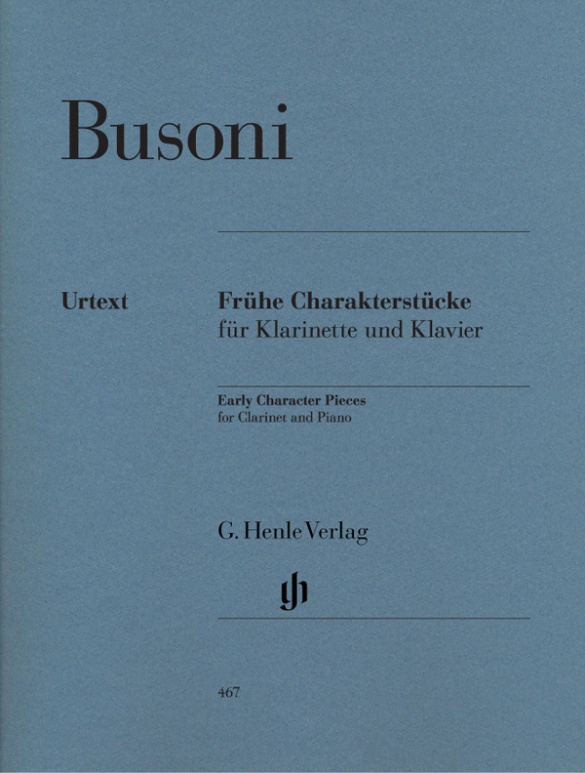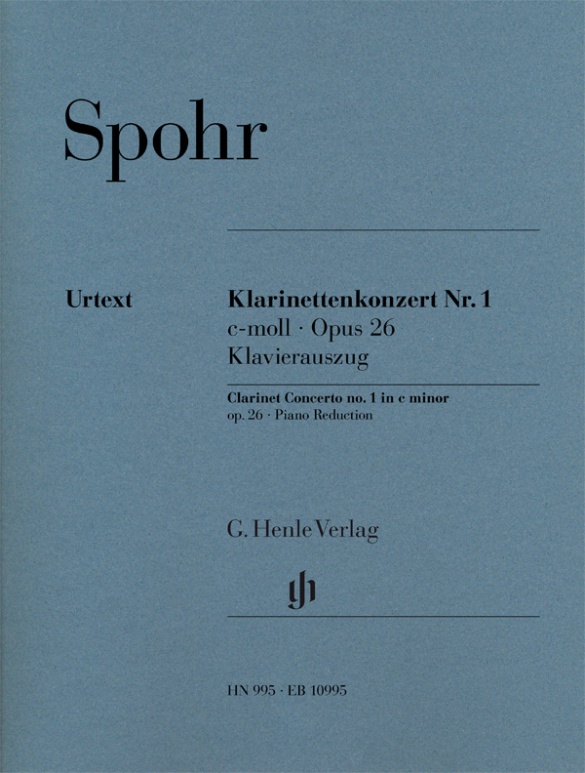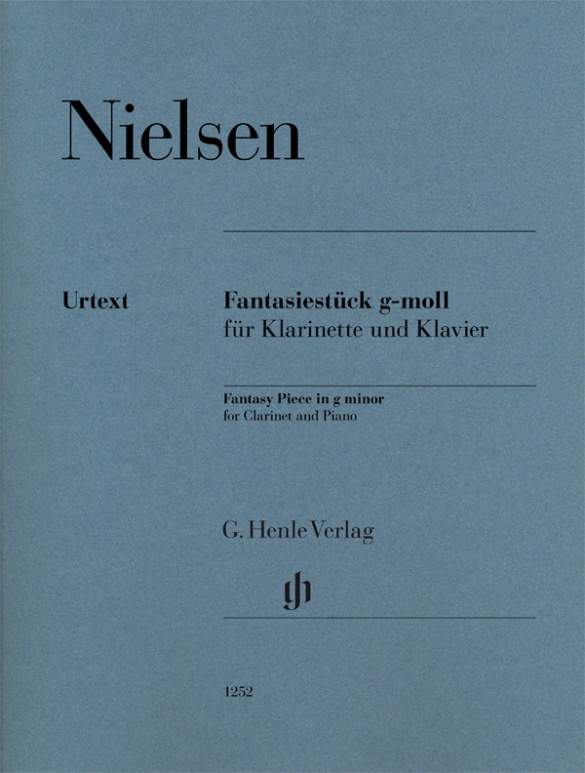

Carl Nielsen
Fantasy Piece g minor for Clarinet and Piano
Carl Nielsen’s Fantasy Piece for clarinet and piano is an early work, written between the ages of 16 and 18, while he was a member of the military band in the Danish town of Odense. With this miniature, he gave proof of his mature compositional talent on the one hand, and of the socialisation through the music of the classic and early romantic eras on the other. With its skilful interconnection of Italianate cantabilità and brilliant suppleness, the two-part Fantasy Piece offers a welcome change in the clarinet repertoire. Our edition is based on the sole surviving source, long considered a copy, in Copenhagen’s Royal Library, which has since been ascertainably identified as an autograph manuscript.
Content/Details
About the Composer
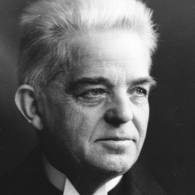
Carl Nielsen
The considerable output of the most important of Danish composers comprises all the usual genres: two operas, incidental music, numerous choral works, around 200 songs, six symphonies, three concerti, chamber music, piano works. His oeuvre is marked by an engagement with Renaissance vocal polyphony that he combines with a progressive harmonic language.
| 1865 | Born into the family of a day laborer and house painter in Sortelung (Funen) on June 9. At age six he plays the violin, performs with his father as a musician at village festivals, and becomes acquainted with the classics in the orchestra of the Music Society. In 1879 joined the military band of the Sixteenth Battalion in Odense; violin lessons. |
| 1884–86 | Studies in Copenhagen: violin (with Valdemar Tofte), piano (with Gottfred Matthison-Hansen), music theory (with J. P. E. Hartmann and Orla Rosenhoff), and music history (with Niels W. Gade). |
| 1886 | Second violinist in the Tivoli Park orchestra. |
| after 1887 | performance of his compositions, including the Suite for Strings, Op. 1. |
| 1889 | Second violinist in the Chapel Royal Orchestra. |
| 1890s | First volumes of songs on poems by Jens Peter Jacobsen (Opp. 4 and 6) and by Ludvig Holstein (Op. 10), with sometimes progressive harmonic language; later songs follow the ideal of the folk song. |
| 1896–97 | Cantata “Hymnus Amoris,” Op. 12, on a painting by Titian; study of Renaissance music. |
| 1891/92 | Symphony No. 1 in G minor, Op. 7, with tight motivic development. |
| 1901 | State stipend. The opera “Saul and David” is completed. |
| from 1903 | Contract with the music publisher Wilhelm Hansen. |
| 1906 | Premiere of the comic opera “Mascarade,” which becomes a major work in Danish operatic history. |
| 1908 | Second conductor at Copenhagen’s Royal Theatre. |
| 1915 | Concert conductor of the Music Society in Copenhagen. |
| 1922 | Neoclassical Wind Quintet, Op. 43, which becomes popular. |
| 1924/25 | Symphony No. 6 (‘Sinfonia semplice’), a tonally untethered and highly complex work scored with a large percussion section. |
| 1931 | Director of the Music Conservatory. Death in Copenhagen on October 3. |
Product Safety Informations (GPSR)

G. Henle Verlag
Here you can find the information about the manufacturer of the product.G. Henle Verlag e.K.
Forstenrieder Allee 122
81476 München
Germany
info@henle.de
www.henle.com
recommendations
autogenerated_cross_selling
Further editions of this title
Further editions of this title


